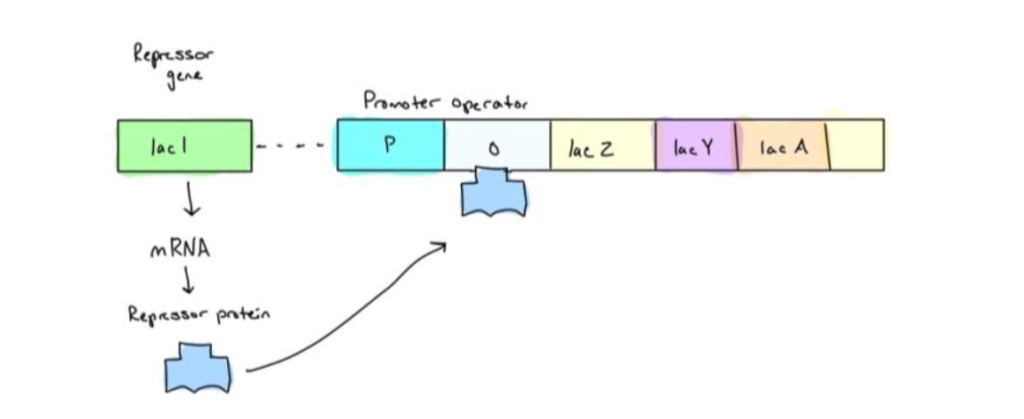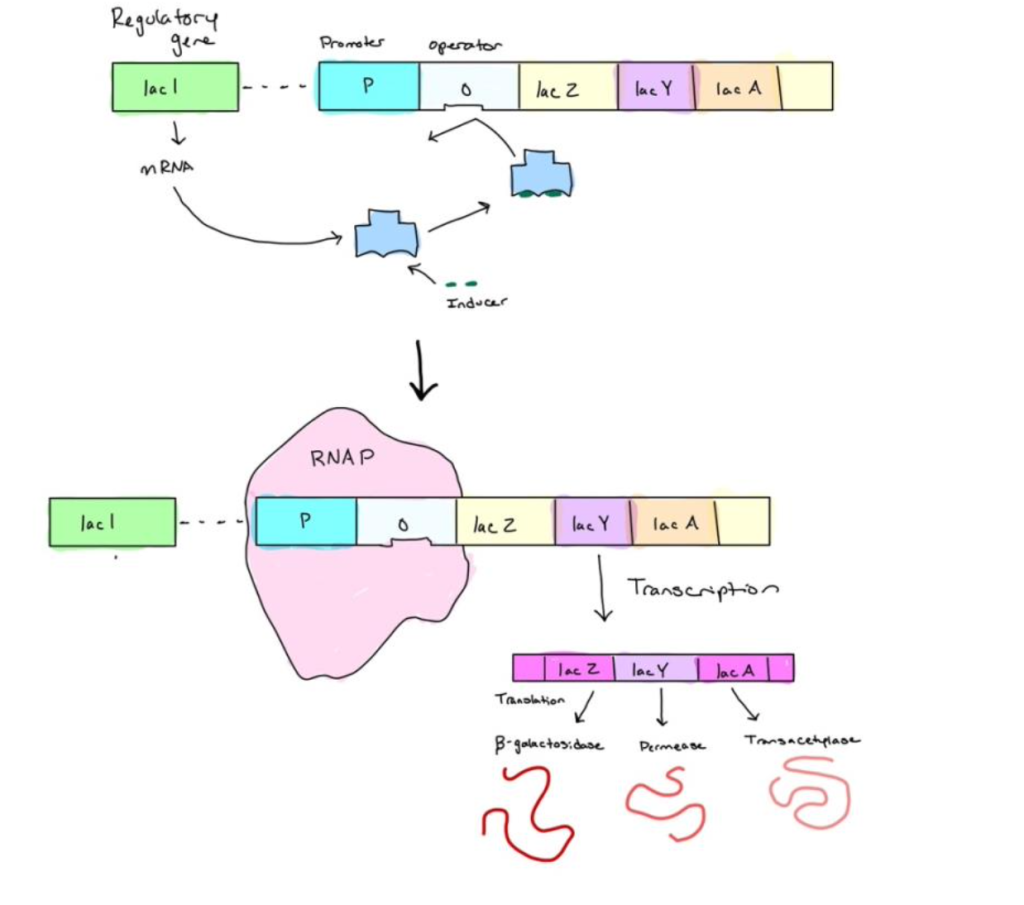Chromosome Maps
1. WHAT CHROMOSOME DID YOU CHOOSE?
Chromosome 12
2 & 3. STATE THE NUMBER OF GENES AND BASE PAIRS ON THE CHROMOSOME YOU CHOSE.
1600 genes and 130 million base pairs
4. LIST ONE GENE THAT IS LOCATED ON THIS CHROMOSOME.
PAH gene.
5. STATE THE FUNCTION OF THE GENE YOU LISTED IN #42
The gene for phenylalanine hydroxylase (PAH) converts phenylalanine to tyrosine.
Introduction to Nucleotide BLAST
6. WHAT IS THE SECOND SEQUENCE DESCRIPTION MATCH FOR YOUR QUERY SEQUENCE?
Homo sapiens CFTR (CFTR) gene, partial cds
7. WHAT DOES THE ENCODED PROTEIN DO IN THE BODY?
It functions as a chloride channel, controlling ions and water secretion and absorption in epithelial tissues.
8. FOR WHAT DISEASE IS A MUTATED FORM OF THIS GENE RESPONSIBLE?
Cystic fibrosis
9. ON WHAT CHROMOSOME IS THE GENE LOCATED?
Chromosome 7
10. Return to the original nucleotide sequence alignment descriptions. CHOOSE A SPECIES (STATE THE SCIENTIFIC NAME) OTHER THAN HOMO SAPIENS THAT ALSO HAS A 100% IDENTITY (Per. Ident) FOR THIS SEQUENCE?
Pongo abelii
11. WHAT IS THE COMMON NAME FOR THIS SPECIES?
Sumatran orangutan
12. DOES IT SURPRISE YOU THAT THIS SPECIES ALSO HAS A 100% SIMILARITY IN IDENTITY? WHY OR WHY NOT?
It does not as orangutans are also primates and share common ancestry with homo sapiens.
13.
a. WHAT IS THE GENUS AND SPECIES WITH THIS NUCLEOTIDE SEQUENCE?
Sapajus apella
b. WHAT IS THE COMMON NAME?
Tufted capuchin
c. ARE THERE ANY GAPS BETWEEN THE TWO SEQUENCES (THE ONE YOU ORIGINALLY SUBMITTED AND ONE THAT HAS LESS THAN 100% QUERY COVER)?
Yes, the original has 0/120 and the other has 1/119.
14. WHAT IS A GAP IN SEQUENCE ALIGNMENTS?
Gaps in sequence alignments are used to account for mutations that occur from insertions or deletion in the sequence.
FOR EACH, STATE WHAT THE GENE IS (#15-18). (Again, give the description of the gene or gene product, not the nucleotide sequence.)
15. NM_145556
Mus musculus TAR DNA binding protein
16. NM_013444
Homo sapiens ubiquilin 2
17. NM_001010850
Homo sapiens FUS RNA binding protein
18. KJ174530
Homo sapiens superoxide dismutase-1 (SOD-1) gene
19. WHAT DISEASE IS ASSOCIATED WITH MUTATIONS OF THE GENES REFERENCED IN #15-#18? WHAT IS A “COMMON NAME” OF THE DISEASE?
Amyotrophic lateral sclerosis (ALS), commonly called Lou Gehrig’s disease
20. WHAT IS GENBANK?
GenBank is a database from the NIH which is a collection of all DNA sequences that are publicly available.
Introduction to Protein BLAST
21. First, answer this question: WHAT IS cDNA?\
cDNA is complementary DNA that was reverse transcribed from RNA.
22. WHAT IS THE SEQUENCE MATCH?
Beta-globin
23. DO YOU SEE ANY DIFFERENCES BETWEEN THE TWO AMINO ACID SEQUENCES?
Yes
24. IF YOU SAW DIFFERENCES, WHAT WERE THEY?
There is one gap where the query sequence is missing an ‘R’ where the subject has one. There is another where the query is missing an ‘S’ where the subject has one
25. ARE THERE ANY GAPS IN THE SEQUENCE ALIGNMENT?
Yes, 1/806
26. WHAT GENE ENCODES FOR THE POLYPEPTIDE YOU WERE ANALYZING?
Fibroblast growth factor receptor 3
27. WHAT IS THE FUNCTION OF THIS PROTEIN?
Interacts with fibroblast growth factors and influences mitogenesis and differentiation. It binds with the fibroblast growth hormone and plays a role in bone development and maintenance.
28. WHAT HUMAN DISEASE IS CAUSED BY A MUTATION IN THIS GENE?
Craniosynostosis and skeletal dysplasia.
29. WHAT IS THE CONNECTION AMONG THE FOLLOWING: NIH, NLM, NCBI, and HHS?
The National Library of Medicine (NLM) and The National Center for Biotechnology Information (NCBI) are both a part of and overseen by the National Institutes of Health (NIH). The NIH falls under the U.S Department of Health and Human Services (HHS) and is overseen by them.
30. WHAT WAS ONE POSITIVE THING AND ONE NEGATIVE THING YOU ENCOUNTERED WHILE DOING THIS ASSIGNMENT?
One positive I encountered while doing this assignment was getting to explore the genomic sequencing databases and learn a lot about all of the information available on the websites provided. One negative thing I encountered was navigating the information that went over my head in order to actually find what I was looking for.



